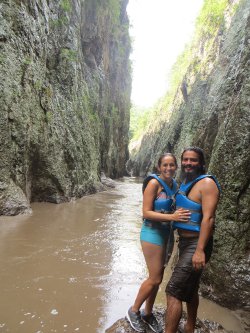Sights and Activities
Below are the places we saw and activities completed while visiting Nicaragua:
Isla Ometepe
Petroglyphs: we were able to see many ancient art carvings made by indigenous groups throughout the island.
Santo Domingo Beach: we went for a swim in the most popular beach on the island. It is located on the isthmus connecting the two volcanoes.
Presa Ojo de Agua: we spent a couple hours swimming in this natural water hole with crystalline pools.
Museo el Ceibo: we took a guided tour of this archaeological museum to see several ceramics, petroglyphs, metates, replica of a tomb, and other ancient artifacts.

Punta Jesus Maria: a stretch of sand that protrudes into the lake that makes for magnificent views of the volcanoes and the lake.
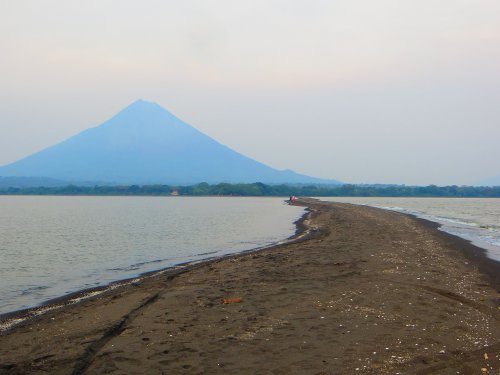

Reserva Charco Verde: we hiked for about 2 hours around this reserve with a pond and ocean views.
Madera Volcano: we took a guided hike up to the top of this dormant volcano through a cloud forest. We reached the summit at 1,390m (4,560 ft) after 3.5 hours of hiking. Then we spent about an hour admiring the lagoon located in the mouth of the volcano. Finally, we hiked back down in 2.5 hours.
Granada
Iglesia de la Merced: a beautiful church built in 1539, then destroyed by pirates in 1655 and rebuilt between 1781 and 1783. And once again damaged by pirate Walker’s forces in 1854, it was restored with in 1862.
Mercado Municipal: located in a neoclassical building constructed in 1892, we walked around this market full of produce, clothing, and many other objects.
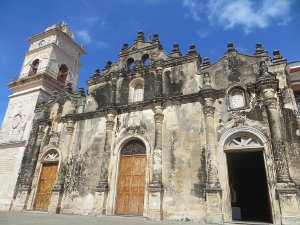
Catedral de Granada: we were able to go inside this modern cathedral that was completed in 1972. The first temple was built in 1525 in this location.
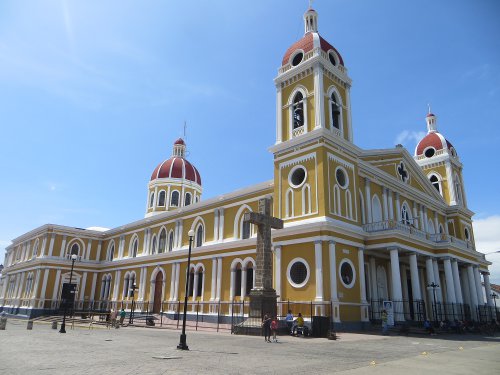
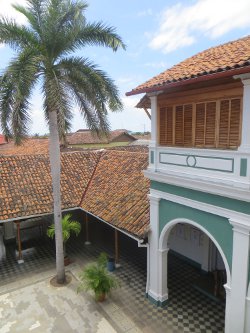
Casa de los Leones & Fundacion Casa de los Tres Mundos: we walked around this elegant 1720 mansion that houses a foundation that was created in 1986 by Ernesto Cardenal which hosts various art events.
Convento y Museo San Francisco: the oldest church in Central America now houses a museum that was only partially open when we visited. The convent and church was originally constructed in 1585, but similar to many churches in the city, it was burned to the ground by pirates and later William Walker. It was rebuilt in 1868 and restored in 1989. The exhibition in the museum we were able to view was the archaeological section where there were artifacts of indigenous groups.
Fortaleza La Polvora: this fort was closed when we passed by, but we were able to view the 1748 construction from the exterior.
Granada Cementerio: this cementery was used between 1876 and 1922 and contains several mausoleums and tombs.
Masaya Volcano National Park: this national park is home to a venting and lava bubbling volcano that releases sulfurous gases. We took an evening tour to witness this amazing event that is visible in only a couple other volcanos in the world. The experience only lasted a few minutes due to the toxic gases that one breathes, but the sight of the bubbling, fire red lava was very impressive.
Lava in Masaya Volcano National Park
Managua
Puerto Salvador Allende: this modern port is full of restaurants, bars, and other shops. We were able to visit it during the day and at night to have some drinks and dance a little.
Plaza de la Revolucion: inaugurated in 1899, this open plaza has been the scene of many protests, parades, and so much more. On the northeast of the plaza rests the tomb of Sandinista commander Carlos Fonseca and nearby is the Monumento a Ruben Dario, a monument dedicated to the country’s most famous poet.
Antigua Catedral: this cathedral was built in 1929, shattered by a 1972 earthquake, and never restored.

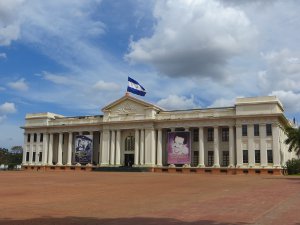
Palacio de la Cultura y Biblioteca Nacional: this 1935 palace, houses the Museo Nacional. Exhibitions included natural history, indigenous artifacts, and some local art.
Parque Historico Nacional Loma de Tiscapa: this national historic park was once the site of the Casa Presidencial, where Sandino and his men were executed in 1934. It is home to the city’s most recognizable landmark, Sandino’s silhouette and a museum dedicated to him. The top of the hill is the lip of Tiscapa Volcano’s beautiful little crater lake, with incredible views of the city.

Little Corn Island
We spent a few days enjoying the mostly deserted beaches and friendly people in this car free island. A couple of our favorite beaches were Otto Beach and Goat Beach. We also climbed up a steel tower lighthouse to have a 360-degree view of the entire island. Our favorite activity we performed was scuba diving in the site called Yellowtail, where we swam through interesting channel, cave, and tunnel formations amongst various fish, a nurse shark, barracudas, a turtle, crabs, and lobsters.
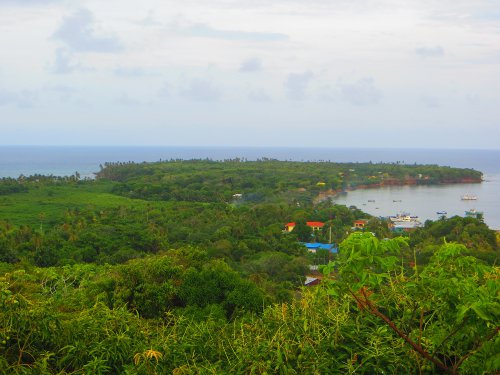
Big Corn Island
We spent a shorter time in this bigger island compared to Little Corn Island, but we were still able to see the large beautiful golden sand beaches, such as Long Bay Beach. We also toured the island on a public bus that circulates the only road on the island.
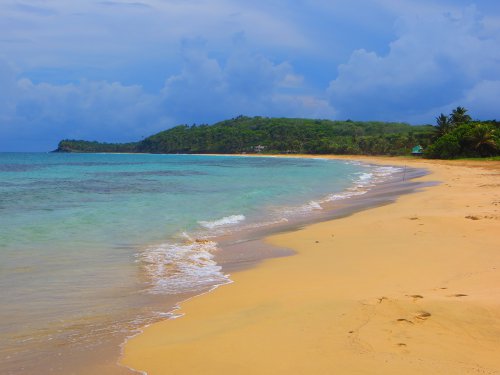
Leon
Iglesia de la Recoleccion: we were able to enter this 18th-century church.
Iglesia de la Merced: we saw the inside of this church that originally was founded in 1528 making its predecessor the first of its kind in the country.
Iglesia de San Francisco: we saw the interior of this Franciscan church that was founded in 1639 by Fray Pedro de Zuñiga.
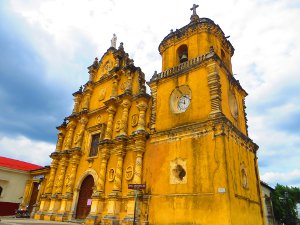
Museo de Arte Fundacion Ortiz-Guardian: this contemporary-art museum exhibited various paintings from several Latin American artists.
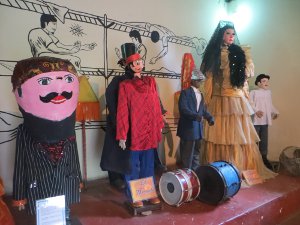
Museo-Archivo Ruben Dario: this was the house where the country’s most famous poet lived until he was a teenager. The museum contained several artifacts belonging to the poet, as well as narrating his life.
Museo de Leyendas y Tradiciones: this “Legends and Traditions” museum is housed in a former jail. The not-so-interesting exhibitions included life-sized paper-mache figures depicting local history and legend and murals portraying methods the National Guard used to torture prisoners.
Catedral de Leon: one of the largest cathedrals in Central America, the original church was built in 1610. The tomb of Ruben Dario is located inside.
Iglesia Dulce Nombre de Jesus el Calvario: this 18th-century church has a mix of neoclassical and baroque styles.
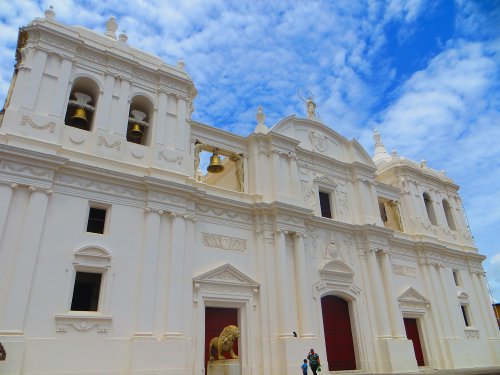
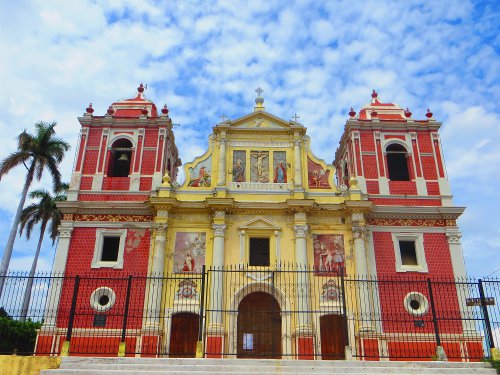
Iglesia San Juan: this church was built in the first decade of the 18th century making it the oldest intact church in the city.
Esteli
Museo de Historia y Arqueologia: this small museum is divided into four exhibitions that cover indigenous pottery and petroglyphs, modern traditions, the colonial era, and the revolution.
Catedral de Esteli: we entered this 1823 cathedral with neoclassic and modern style.
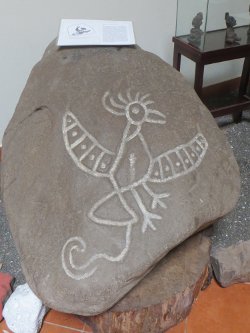
Somoto
Monumento Nacional Cañon de Somoto: we took an adrenaline-rush tour of this canyon. The four hour tour started off with a hike to the base of the canyon where we flowed down the river in inner tubes passing several white water rapids due to all the rain from the previous night. The canyon views were amazing with jagged peaks and giant cliffs. The excursion also required to jump an altitude of about 5m into the river in a narrow canyon passage. The trip continued on a short canoe ride and ended with a swim in the river. It was a great experience!
